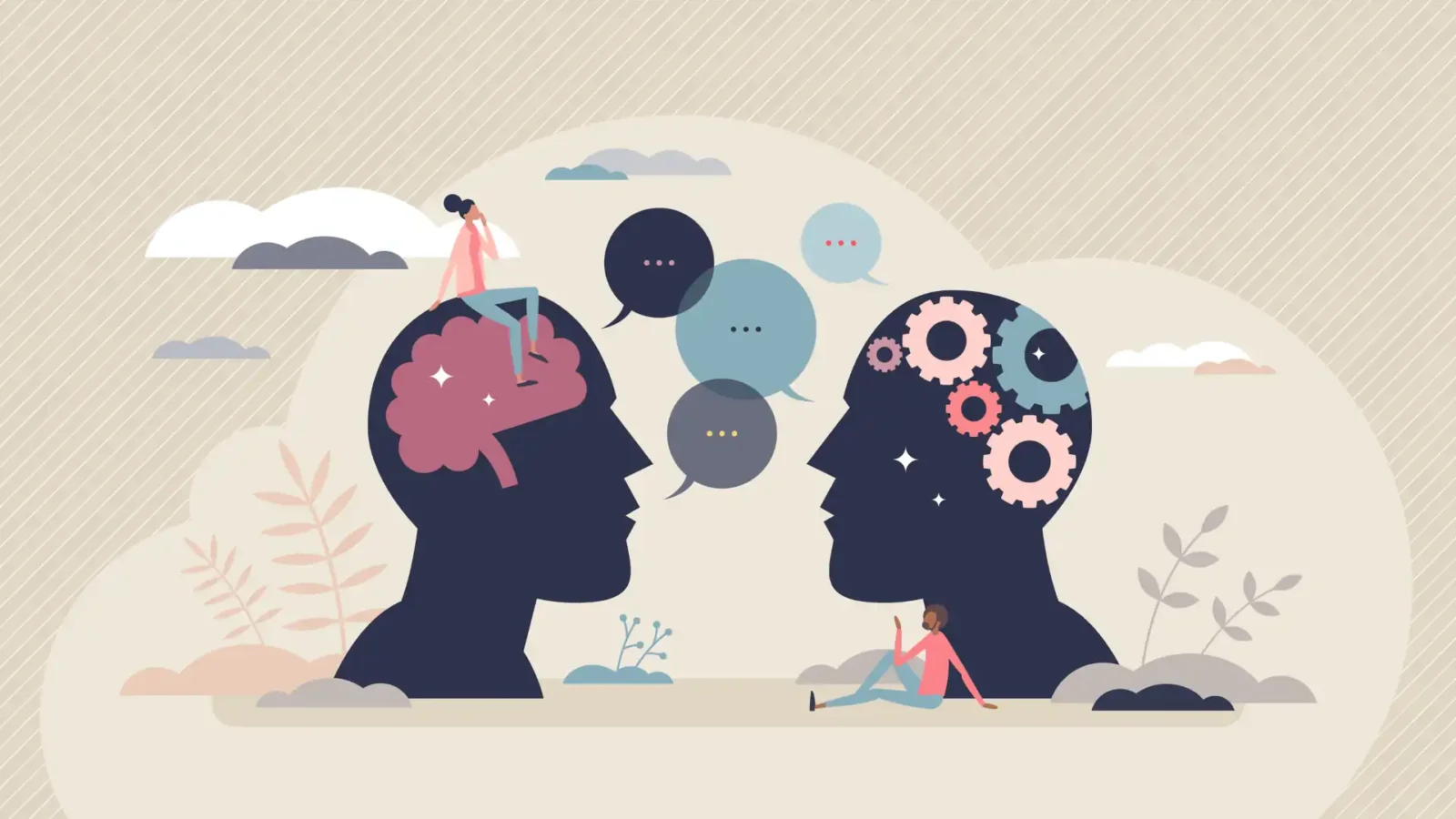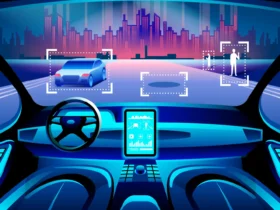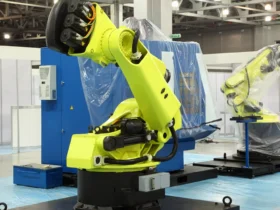AI and the Evolution of Natural Language Processing
For years, movies and pop culture have predicted a future where AI robots have become indistinguishable from humans, and with the advancements in Natural Language Processing (NLP) in recent years, that future may come sooner than we think.
From virtual assistants like Siri to automated translations, NLP has made significant strides in bridging the communication gap between humans and machines. Come with us as we explore how this technology breaks down human language’s complexities to foster deeper, more intuitive exchanges with AI.
What is Natural Language Processing?
NLP is a branch of artificial intelligence that combines machine and linguistic knowledge to help computers understand, interpret, and respond to the nuances of human language. The challenge here is the sheer complexities of human language, dialects, accents, context, and even sarcasm. Early NLP systems, like basic chatbots, struggled with these intricacies, often producing stilted or irrelevant responses.
Over the past decades, NLP has significantly evolved. Early attempts involved rule-based approaches where linguists would code specific instructions for machines to follow, but these systems lacked flexibility. Today, AI and machine learning have transformed NLP, enabling more sophisticated understanding and communication.
How is AI Improving NLP?
One of the biggest ways AI is revolutionising NLP is through machine learning and deep learning. These technologies allow computers to learn from data patterns without needing explicit instructions for every single task. One of the most significant breakthroughs has been the development of neural networks, particularly transformer models like GPT (by OpenAI) and BERT (by Google).
These models help AI understand the context of words in a sentence, not just individual words themselves. This improved understanding of context means machines can handle more complex language tasks like continuing conversations, summarising content, or even writing text that feels eerily human.
Another area where AI shines is transfer learning, which means a machine trained on one task can adapt to other tasks, making NLP systems much more versatile. These improvements are already being implemented in various industries, from chatbots that handle customer inquiries more efficiently to AI that can scan and sort through legal documents.
The Future of AI in Human Language Understanding
While NLP has already come so far in such a short time, it’s set to make even larger leaps forward in the not-too-distant future, transforming how we interact with our technology.
We are already seeing AI systems capable of holding complex conversations, translating languages with high accuracy, and even generating creative writing. In the coming years, NLP AI will likely advance further into areas like emotion detection, where machines will grasp the emotional undertones of language, allowing for more empathetic interactions.
Multimodal learning is another area in which we are seeing rapid development. AI can integrate text, voice, and visual data to provide richer, more holistic interpretations of human communication. This approach could lead to AI systems that not only understand what you’re saying but also interpret facial expressions or body language to respond appropriately.
Challenges Still Remain for NLP
Despite significant advancements, NLP still faces plenty of challenges. Bias in AI models continues to be a concern. Since NLP models learn from vast amounts of text data, they can unintentionally adopt and propagate biases present in the training data. Efforts are being made to mitigate this, with researchers developing more transparent models and using ethical AI frameworks to ensure fairness and inclusivity in AI-driven language processing.
Evolving from Frustration to Fluency
Natural Language Processing has come a long way from clunky and fairly frustrating interactions to something far more human in nature. With advancements in machine learning and deep learning techniques, AI is pushing the boundaries of how we communicate with machines.
As NLP AI continues to evolve, we are on the cusp of an era where machines may not only understand our words but also grasp the deeper nuances of our communication.
Stay up-to-date with the latest technology news and innovation with AI Magazine.









Leave a Reply